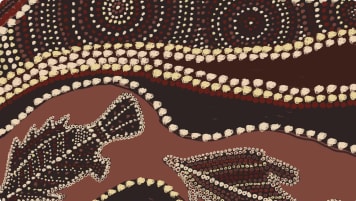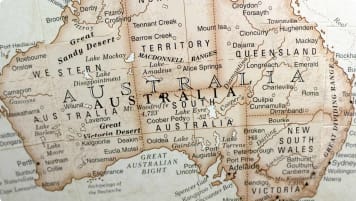Ngangkari: Aboriginal Traditional Healers of Central Australia
Article about Aboriginal healers of central Australia. Article for seniors for a small group tour couples or solo travellers exploring outback Northern Territory. This is a series of articles on aboriginal communities, kinship, songlines and trade routes.
23 Mar 21 · 11 mins read

Ngangkari & Traditional Healing Methods
Ngangkari are the traditional healers of the Anangu, Aboriginal Australians from the various Anangu Pitjantjatjara Yankunytjatjara (APY) lands in the remote Western Desert of Central Australia. The powers, or force, ngangkari healers are given to do their work are called ‘mapanpa’. Practicing therapeutic techniques based on the resources of the land, they nurture the physical, mental, and spiritual wellbeing of their people. As old as the culture itself, their knowledge has been passed down over thousands of years to those born into the ability through family lines.
Before colonisation, the Anangu were fit, happy and healthy, spending their lives hunting and gathering and eating traditional food. Disease was not prevalent and old people mostly only ever died of old age. During these times ngangkari were primarily needed for injuries such as burns, snake bites, and the effects of overheating in the sun. Since colonisation, however, their role has expanded due to the introduction of several epidemics as well a mental health crisis associated with their people’s dislocation from country and the introduction of drugs and alcohol.
The tradition persists, adapting to these changing circumstances, with ngangkari continuing to work within their communities as well as in hospitals, clinics, nursing homes, goals, and a variety of health services complimenting the western health system. In the face of new demands, they work harder than ever to fulfil their responsibility to look after and heal their people.
This article explores the role of ngangkari and their practices. Much of the information is drawn from Traditional Healers of Central Australia: Ngangkari by the Ngaanyatjarra Pitjantjatjara Yankunytjatjara Women’s Council Aboriginal Corporation. It is intended as practical knowledge for a number of Odyssey Traveller small group tours in Australia, part of a continuing series of pieces on Indigenous culture, traditions, art and settlement, and the ancient landscapes of Australia. An appreciation of Indigenous activity is recognised as an important facet of learning in our tours, a part of our commitment to understanding and sharing our knowledge of the history, culture, and landscapes of Australia. Our tours are for both the mature and senior traveller, as part of a couple or as a solo traveller.
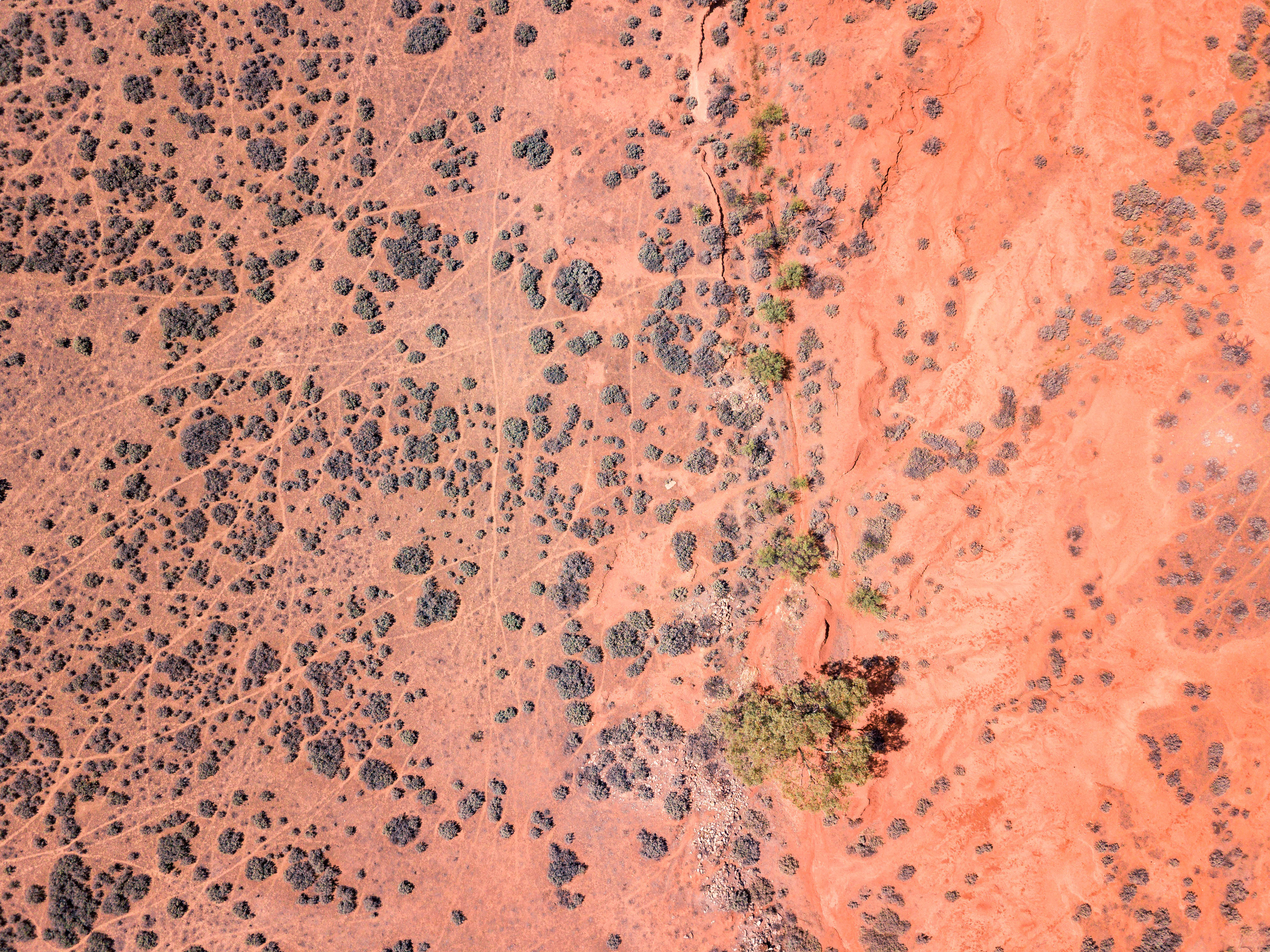
Healers of Physical Ailments
Ngangkari work combines hands on and breath-based healing practices with the use of traditional plants and balms. The healer identifies where the issues are and takes it away – whether it’s pain, a blockage or some kind of obstruction – with their hands that hold their mapanpa. Using firm, strong touch they remove sickness from the sufferer and discard it.
The sore area on the body may be massaged with oils and a powerful bush medicine such as irmangka-irmangka. If someone is tired in the muscle, for example, the muscles are rubbed to make them flexible again. Touch is then regularly followed up with the healing breath, a final blowing treatment.
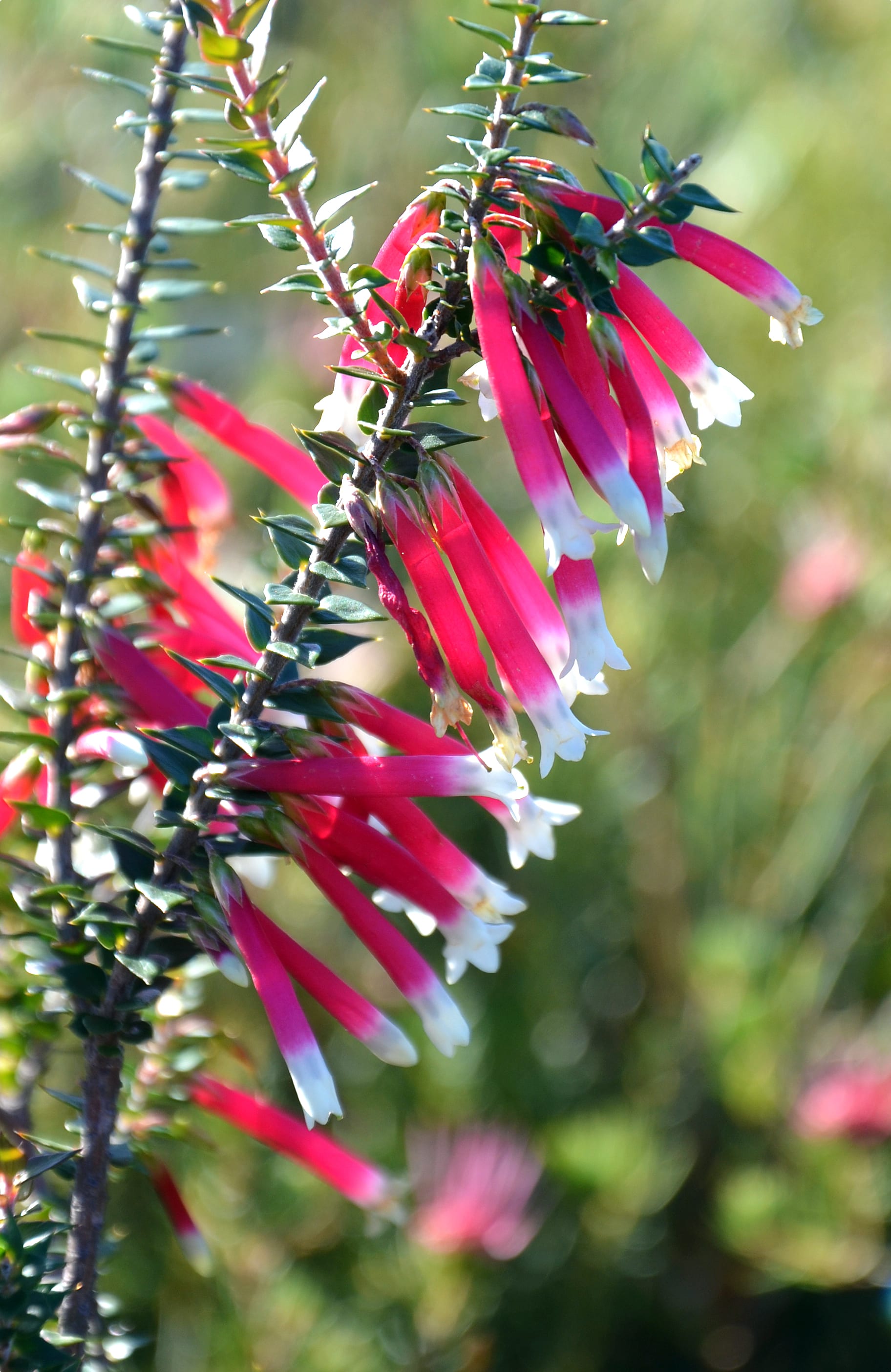
A range of things, such as sticks, bones, and small stones, may also cause harm to people and make them sick. Ngangkari have the ability to draw them out from a person’s body with their hands. Similarly, if someone has a problem with their heads, they are given the healing touch on their heads and foreheads and the illness is pulled out. Ngangkari have the ability to see within a person, see where something has caused the blood to stop flowing, and actually draw it out.
Spiritual Wellbeing
The Anangu believe that everyone has a spirit, or ‘kurunpa’, and it is the core component of the human body. Sometimes a person’s spirit can be displaced though, still within them but in the wrong place, and the ngangkari’s job then is to put it back where it belongs. The ngangkari identifies what is wrong and rebalances the person, recentres them.
People can also lose their spirit, becoming dispirited and very sick. This can cause other problems, whether physically, emotionally, or mentally. Signs may be vomiting or other forms of sickness or weakness. Only ngangkari can see that situation and assess it; only they can then find out where the spirit is gone, regather it and place it back with the person in the right place.
A spirit might leave someone or be displaced because they are shocked or scared. It can be as simple as people calling out when somebody is asleep, frightening the spirit and scaring it off. It may also happen if the person has some other illness. The spirit is in relationship with the body; if the body begins to be affected by something the spirit can become really upset by that and leave. Only ngangkari can see spirits. Only they can assess what is wrong with a person and find their spirit.
Apart from kurunpa, there are also harmful spirit beings known as ‘mamu’. They travel around in the sky peering down on people, yet they are invisible to most. Angry and nasty beings, they do not like humans and seek to destroy us by coming down and taking kurunpas away.
Ngangkari are skilled at recognising and banishing mamu. Mamu have their own access ways, which are like their own roads or tracks. With their mapanpa, ngangkari are able to see and destroy the access way that the mamu leave behind. In doing so, the mamu falls back down to earth with the kurunpa they have just stolen, and the ngangkari can retrieve it and put it back in the person.
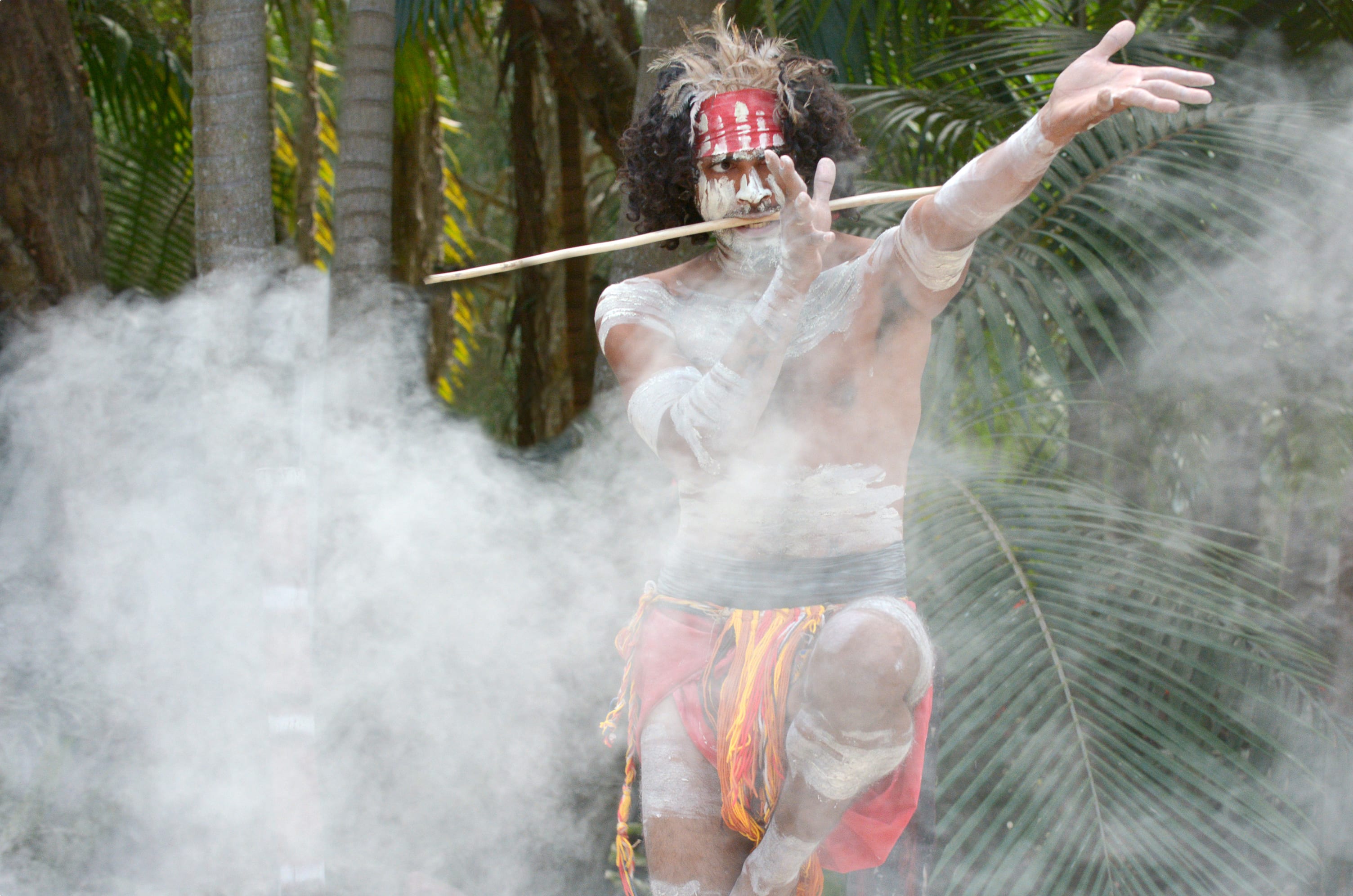
Death & Grieving
Upon death the kurunpa departs the body and moves to a location not too far away. Scared about what is happening, it will flee and hide away. Only a skilled ngangkari can find it again. Shortly after the death, the ngangkari will go and look for it, usually at night, capture it with the use of a spear thrower, and bring it back home.
The ngangkari’s job is to place the kurunpa into the surviving spouse, or the appropriate immediate family member if there is no spouse. It is important they are placed with the right person, those that they have shared a strong bond with through their lives, those that they are really close to, part of the true spirit. This person is to then hold onto and look after the spirit so that is not alone.
After a death, the spouse or family member may be restless, not capable of sleeping, disturbed and worried about things. This is the spirit coming back and trying to communicate. This is the point where the spirit needs to be captured and placed into the person so that it can be looked after.
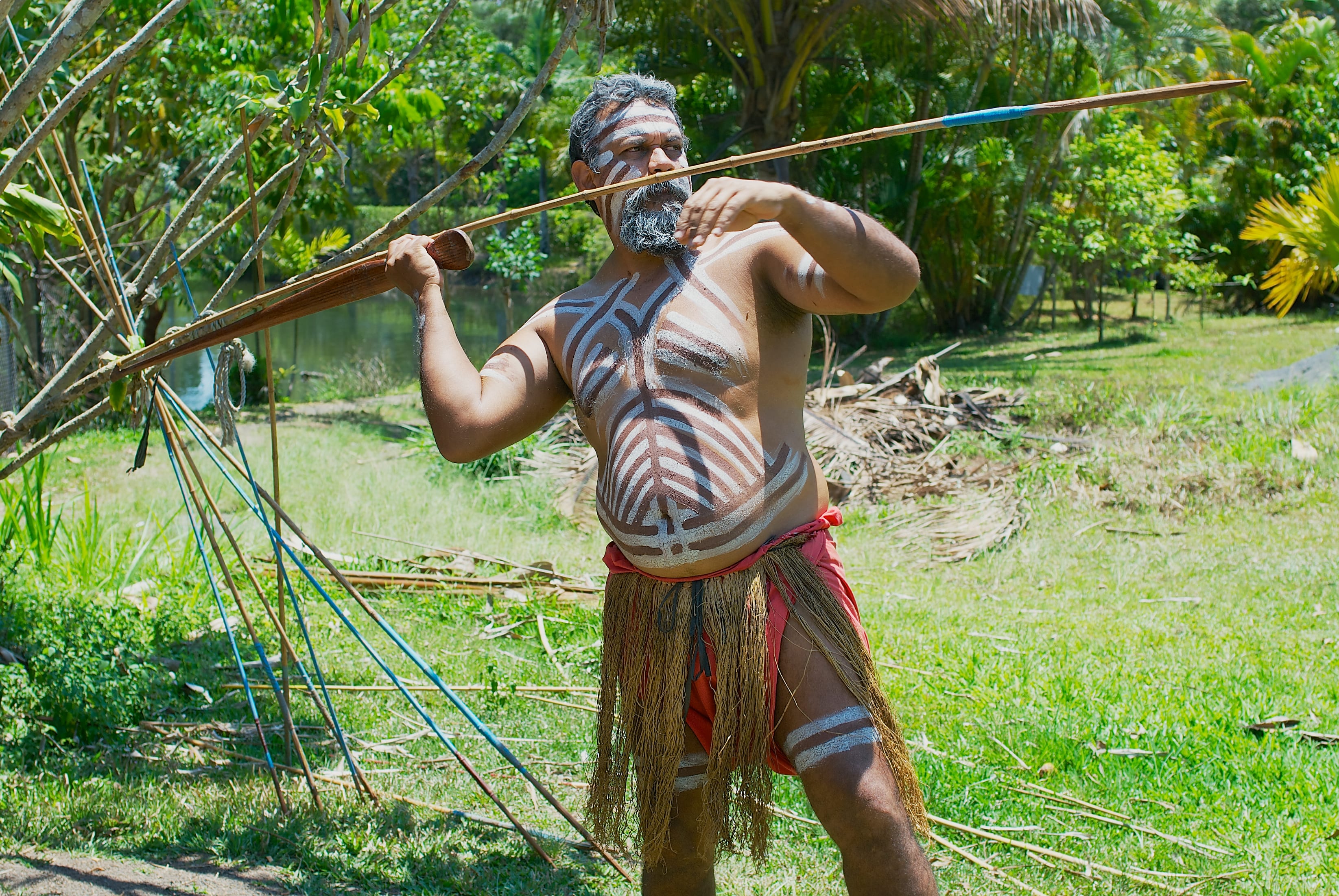
Ngangkari also play an important role in helping with grieving in the case of a death through violence or accident. These situations may be hard to cope with for family members or the spouse, causing them to become sad and depressed, weak, lifeless, uninspired, and lose their appetite. Only ngangkari have the capacity to treat these people, cleanse them, and help them recover.
Mental Health
Ngangkari can also give treatments to those suffering from mental health issues. When a person is depressed and feeling lethargic, the ngangkari helps them to be strong again so that they can resume their daily life.
They understand that issues such as anxiety and depression can be caused by an affected kurunpa, which is intimately linked to the body and emotions. Someone’s spirit may be affected when they are physically ill, impacting the way they think, or if they witness an accident or traumatic event,
The ngangkari’s role is to recentre the kurunpa and put it back where it belongs. This process can involve finding a lost kurunpa, sitting with the person, holding them, listening to what their concerns are, and variety of treatments to remove objects that are causing harm and illness.
Ngnagkari understand that talking with someone about their problem can help them move forward from their poor mental state. They speak in a way that makes the person relaxed and forget what they are worried about. Slowly the person’s thinking becomes more balanced and clearer, and they are able to regain their equilibrium, stop worrying and feel happy again.
This is a process of counselling: listening and talking gently with the person over time to identify what is causing the problem. In this way, the ngangkari is able to identify the different spirit which has entered the body causing them to think in these different ways and be worried. Their responsibility is to draw this spirit out of them, discard of it, and reposition the person’s true spirit within the right place.
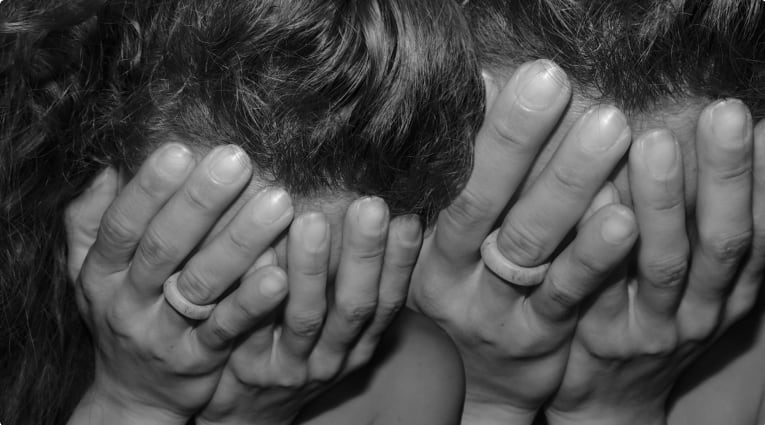
The Ngangkari works on the circulation flow, throwing out the things inside that are causing the sickness. Where they see that harmful things have caused blockages in the flow of blood to the brain, causing harm to the way people think, they work to open this flow up again through touch and healing treatments.
More serious mental health problems, however, are a relatively recent phenomena for the Anangu, caused by the impacts of colonisation and dislocation from their Country. Particularly situations in which a person is suicidal or subject to harming themselves are entirely new. In such a case, the community does not have the capacity to consistently look after and monitor the person, and they understand that the person must be given professional help and treatment in hospitals.
Many of the problems are also coming from the abuse of substances that have come from outside their community, such as marijuana, alcohol, cigarettes, and petrol. The effects are not a mamu, nor an illness, but something else, and can do irreparable damage that a ngangkari simply cannot mend.
They can attempt to speak from the heart to help the affected person understand their situation properly and leave the substances alone. Sometimes they can get through to the person and give them the strength to reject those bad influences. However, they can only help someone who is willing to accept their help. In other cases, again all they can recommend is that the person gain professional help from a doctor or psychiatrist.
Working with the Western Health System

Today ngangkari often work alongside Western practitioners in community clinics and hospitals and share responsibility for looking after people. A strong bond has been formed as each have begun to trust, respect, and appreciate the other. Working together with the same purpose in mind, they use different complementary healing techniques: doctors provide medicines and perform operations, while the ngangkari focus on the effect of the illness on the spirit.
The ngangkari believe that this form collaboration and mutual respect can lead to the best outcome for the Anangu – and that the utilisation of equally valuable skills and knowledge are vital to address the significant health problems they face.
Attending to both Aboriginal hospital patients and in some places those of different backgrounds, the ngangkari deal with everything from childhood illnesses, pain relief and pain management, to restoring the spirit balance within the body and treating loss of spirit. Their effectiveness lays largely with their ability to reconnect Indigenous patients to their culture, the lifeblood of their spiritual being. Strong evidence suggests that spirituality helps Aboriginal people to cope, be strong, resilient, and determined, and to come to terms with life’s problems.
The ngangkari have also played an important role in improving attendance rates of Indigenous people at medical appointments. They provide a more relaxed and social atmosphere, where patients can sit back, have a yarn, and catch up with family and friends. They also act as a gateway to more conventional practices by drawing in patients, helping to alleviate any fears they have about Western medicine and practices as well as being judged, and improving their confidence in the health system.
This practice of collaboration is only a recent one. The NPY Women’s Council’s Ngangkari Project began in 1998, with the aim to provide healing treatments to Anangu and Yarnangu people and promote the value and importance of ngangkari to non-Indigenous health professionals who work in this region. The ngangkari of this project successfully established strong relations with local health and metal health services, working closely together in remote communities, hospitals, nursing homes, gaols, hostels and health services in the region.
In 2013, several ngangkari formed the Anangu Ngangkari Tjutaku Aboriginal Corporation (ANTAC), a corporate body to coordinate the provision of their health care services. ANTAC is the first organisation of Aboriginal traditional healers in Australia, founded on the principle of self-determination.
So far there are 14 ngangkari in the association. The team visits major hospitals and rural clinics in Victoria, New South Wales, South Australia and Western Australia. And more recently they have been working in regional clinics across country South Australia and the new Royal Adelaide Hospital.
Gaining Recognition
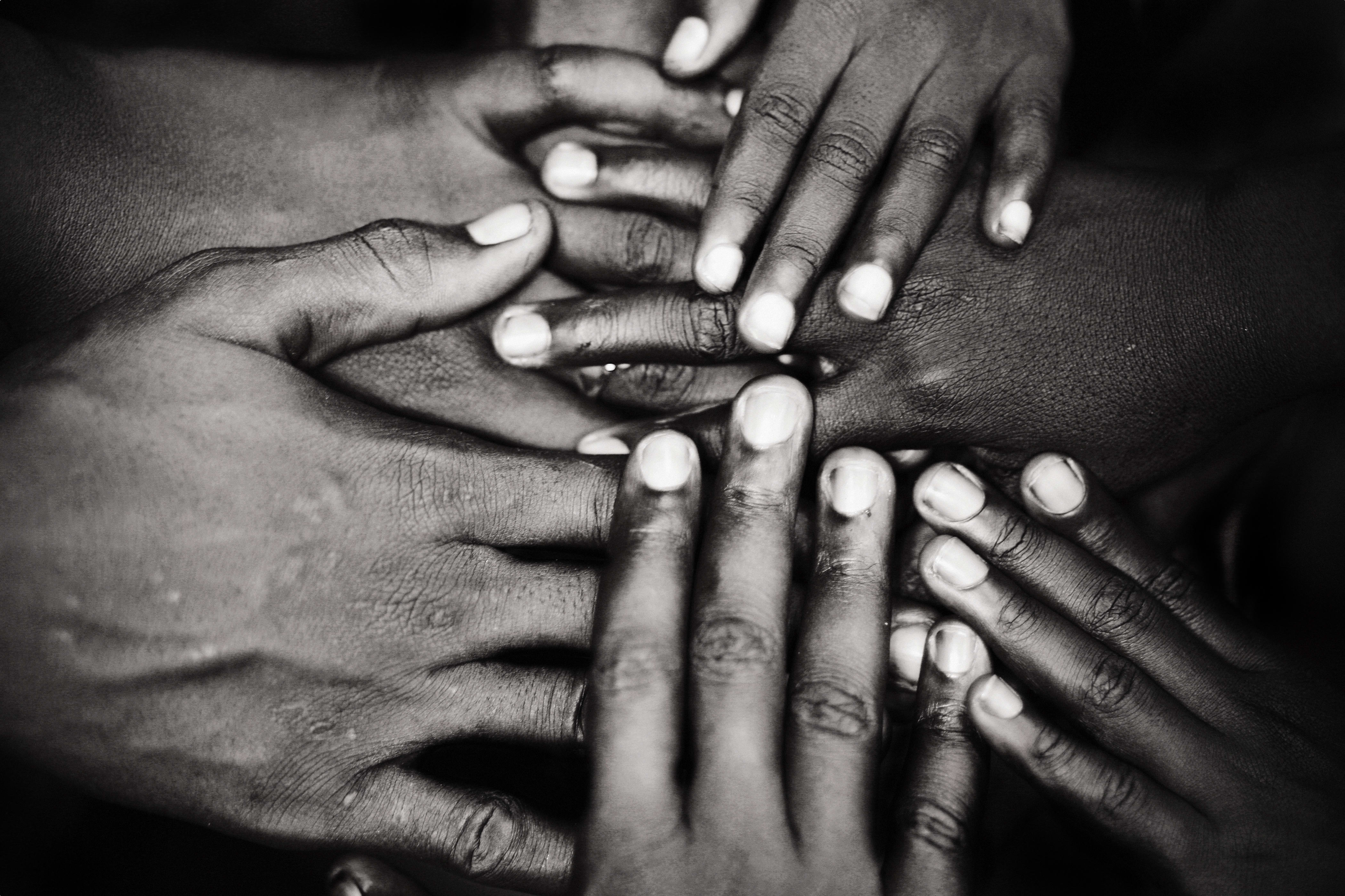
Despite the respect accorded to ngangkari, they remain on the margins of the mainstream healthcare system. They are engaged and paid in an ad hoc fashion, with funding directed through NGOs and other agencies. They have no official status or pay scale, and what they earn for their work varies wildly.
Reasons for this include the logistics and cost of getting people from remote areas to the city, the difficulty of a government department engaging them in a system where employees need ABNs and bank accounts, and the lack of any system of formal accreditation.
As such, Australia is lagging behind the rest of the world. In New Zealand and Canada, you can walk into a clinic and choose between seeing a Western doctor or a traditional healer. And in Africa and South America, there are national associations of Indigenous healing, recognised and funded by national governments.
Despite their skills being in demand, ngangkari are not being reimbursed properly for their work and many even have to go hungry. They are asking for proper recognition of their skills – to be paid a proper amount enough for them to live on.
ANTAC’s objective is for Aboriginal healers to be recognised in the mainstream healthcare system as a form of complementary alternative medicine. They are specialist doctors: not everyone has the ability to be a ngangkari and they have gone through long periods of training. They would like to be recognised and paid as such.
Tour of Aboriginal Australia
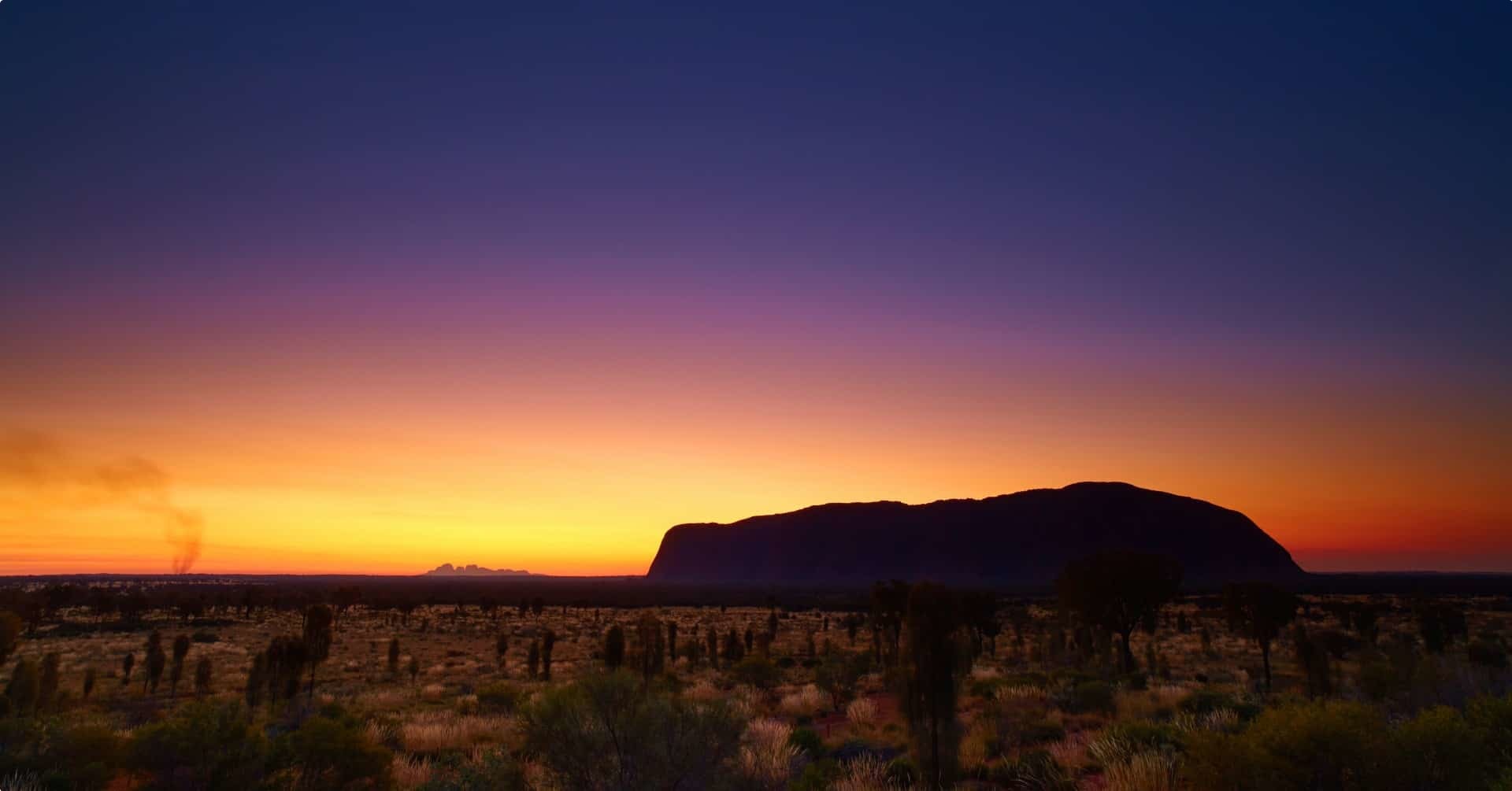
Travellers with an interest in learning more about the Aboriginal heritage of Australia may want to check out our various outback Australia tours. These include visits to:
- Archaeological sites including the Madjedbebe rockshelter and the extensive collection of ancient Aboriginal rock art at Kakadu National Park as part of our tour of Kakadu and Darwin
- The ancient indigenous sites including Lake Mungo and the Budj Bim Cultural Landscape as part of our tour of the Southern States of Australia;
- The important cultural site of Wilpena Pound on our tour of the Flinders Ranges;
- The ancient rock art in the Kimberley, Western Australia;
- The Brewarrina Fish Traps in outback Queensland;
- Uluru and Kata Tjuta in the Northern territory.
Every Odyssey guided tour is designed especially for mature and senior travellers, who want an authentic and informed experience of their destinations. Our tours aren’t the typical tourism Australia holiday – Blue Mountains, the Great Barrier Reef, and the penguin parade on Port Phillip Island. Instead, we pride ourselves on getting of the beaten path and making you think about Australia and New Zealand in new ways. We move in genuinely small groups – usually 6-12 per tour – and all tours are cost-inclusive, encompassing accommodation, attraction entries, and transport. For more information, click here, and head to this page to make a booking.
Articles about Australia published by Odyssey Traveller:
- Uncovering the Ancient History of Aboriginal Australia
- Aboriginal History and Culture of Kakadu National Park
- Aboriginal Land Use in the Mallee
- Understanding Aboriginal Aquaculture
- Aboriginal Art
External articles to assist you on your visit to Australia:
Related Tours

days
Jun, Jul, Sep, Feb, Mar +1Darwin and Kakadu small group tour
Visiting Northern Territory
Explore and learn as part of a small group tour for seniors on this package tour to Darwin and Kakadu National park, a UNESCO world heritage site. This program also visits Arnhem land. Our focus is on ecology, landscapes and history on this 14 day program in the far north of the Northern Territory.
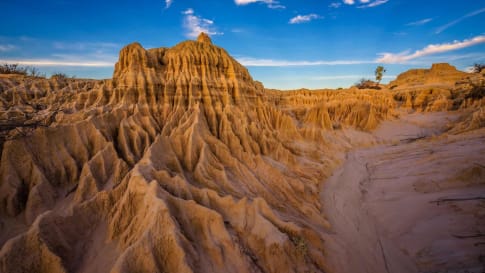
days
Mar, May, Aug, Sep, Oct +2Small group tour of World Heritage sites and more in the Southern States of Australia
Visiting New South Wales, South Australia
Discover the World Heritage Sites of the southern states of Australia travelling in a small group tour. A journey of learning around the southern edges of the Murray Darling basin and up to the upper southern part of this complex river basin north of Mildura. We start and end in Adelaide, stopping in Broken Hill, Mungo National Park and other significant locations.

days
Feb, Mar, May, Jul, Sep +2Guided small group motorcycle tour of World Heritage sites in Victoria and South Australia
Visiting
Discover the World Heritage Sites of the southern states of Australia travelling in a small group tour of like minded motorcyclists. A journey of learning around the southern edges of the Murray Darling basin and up to the upper southern part of this complex river basin north of Mildura. We start and end in Adelaide, stopping in Broken Hill, Mungo National Park and other significant locations.
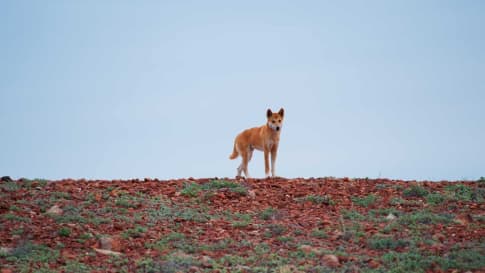
days
Apr, May, Jul, Aug, Oct +2Small group tour of Australia's Flinders ranges
Visiting South Australia
Escorted small group tour of the Flinders range in South Australia from Adelaide. Learn about Coober Pedy, Wilpena pound and water system of Lake Eyre as we explore and learn also about the history of the people who explored the Flinders.

13 days
May, Jun, Jul, Aug, SepSmall group tour of Australia's Kimberley
Visiting Western Australia
Escorted small group tour of the Kimberley. We explore and visit The Bungles, Bell Gorge, Mitchell plateau & Halls Creek in the dry season. Amazing landscapes intertwined with Aboriginal communities resident more than 45,000 years.
From A$15,390 AUD
View Tour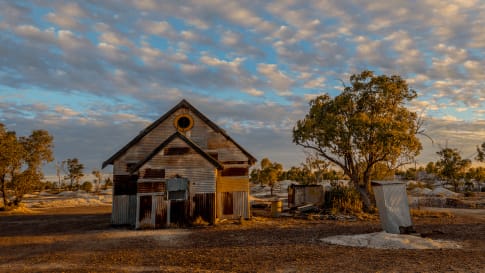
days
Mar, Apr, May, Jul, Aug +2Small group tour of outback Queensland
Visiting New South Wales, Queensland
To Dubbo and back, this small group tour takes you to learn about the Brewarrina fish traps, we travel high up into North Queensland to see the Dinosaurs of Winton and incredible Aboriginal rock art at Cathedral gorge and learn about opal mining and the history of Lightning ridge.

days
Apr, May, Jun, Jul, Aug +3Small group tour exploring Alice Springs and Uluru-Kata Tjuta National Park
Visiting Northern Territory
Explore and learn about historic Alice Springs, The MacDonnell ranges, and Uluru-Kata Tjuta National Park. This escorted small group tour for mature and senior travellers, travelling as a couple or solo travellers also visits the Hermannsburg Lutheran mission plus Henbury meteorite site learning about the Aboriginal outback and contemporary art.

days
Apr, Jun, Aug, Nov, Mar +2Exploring Alice Springs and Uluru-Kata Tjuta National park by Motorbike
Visiting
Explore on a Motorbike tour in the Outback and learn about historic Alice Springs, The MacDonnell ranges, and Uluru-Kata Tjuta national park. This escorted small group Motorbike tour for mature and senior travellers, travelling as a couple or solo travellers also visits the Hermannsburg Lutheran mission plus Henbury meteorite site learning about the Aboriginal outback and contemporary art.
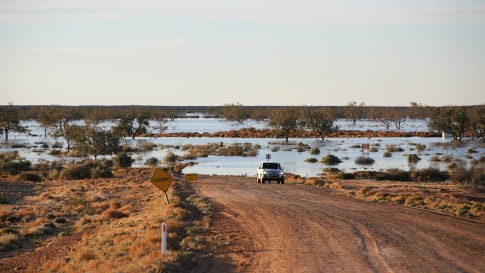
65 days
MarLong tour of Australia for a small group
Visiting New South Wales, Northern Territory
Small group tour for senior couples and solo travellers touring Australia. Travelling through the outback and visiting many of the famous sights as well as off the beaten track locations. Learn about the history of the people who explored the deserts, from indigenous communities to Europeans, as well as Burke and Wills, visit White Cliffs, Marree and far north Kakadu and the Kimberley.
From A$48,995 AUD
View Tour